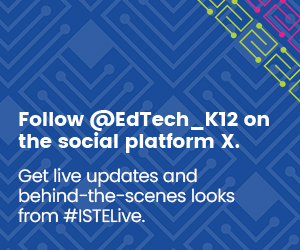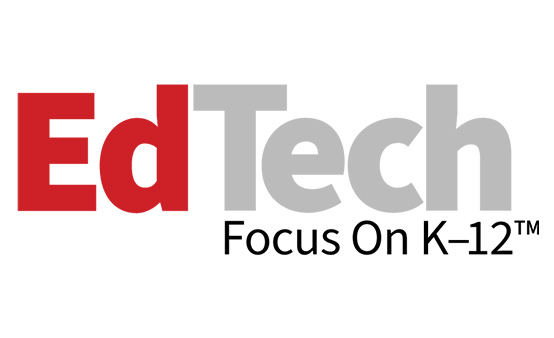“It's important for us to have an understanding of what AI is and how we can best utilize it,” said Al Thomas, education community lead for CDW Education. “It's something that we have to be aware of and not be afraid of, but also something that we need to make sure that we approach with wisdom and make good choices to implement best practices.”
Like earlier technologies such as calculators, the internet and smartphones, AI is evolving rapidly, and it’s up to district leaders to keep pace, Thomas said. Its capabilities have grown from providing information based on prompts to fully automating tasks and having an impact on every aspect of a K–12 district’s operations.
School District Task Forces Guide AI Adoption
Developing policies and procedures for AI use in K–12 schools requires input from a number of sources districtwide.
“It does take a village to actually do this,” Thomas said. “Administrators cannot make decisions in silos.”
DISCOVER: Read the latest artificial intelligence research from CDW.
In the session titled “Advancing Academia with AI: Empowering Educators, Students, and Administrators,” presenters discussed how focus groups and task forces are key elements of developing guidelines for AI use in schools.
“The first step we took was building an AI task force,” said Ellen Gianakis, assistant principal for Holmdel Public Schools in New Jersey. “We included teachers, tech staff, curriculum leads, students, parents and board members. We tried to get a diversity of voices; so, different grade levels, disciplines and viewpoints.”
The district used surveys, focus groups, and internal and community meetings to gauge sentiment toward AI so they could begin developing policies. The district also organized an activity to get the task force to brainstorm on different areas of the AI guidelines.
“We essentially created policy draft stations with different focus areas,” Gianakis said. “It was a collaborative activity that got them to think about different components of what would fall into our AI policy. That way, they could start to drop ideas collaboratively with those diverse perspectives. But this was not designed to finalize any policy; it was really just to engage in those critical conversations as a group.”
LEARN MORE: Five questions to ask when adopting an AI tool.
The focus areas were academic integrity and disclosure; AI assignment categories; student rationale and reflection; grading AI-produced work; acceptable-use policy and home-school alignment; and communication and culture.
Shared Terminology and Understanding Informs Decision-Making
It’s important that members of the task force are speaking the same technical language, Thomas said.
“Are you helping those who are part of the task force actually understand what you're talking about?” he asked. “I know for me, it was trying to learn all the verbiage that was out there and getting my mind around those things. When you bring in students, parents, community leaders, they're going to need the education and literacy that is provided for them so they can have a good understanding that they can truly be able to give their voice in that situation.”
UP NEXT: Find solutions from CDW to guide your district’s AI strategy.
No matter the industry, AI adoption comes with security and privacy concerns. In K–12 districts, where student data is at stake, understanding the risks is important, as is implementing a risk management strategy.
A number of resources are available from industry experts to guide these conversations, he said, including information from the federal government and third-party service providers.
“You have service partners available who can give you information and provide support, but also listen so that they can tailor resources to your district that may be really beneficial as you're on this journey,” Thomas said.
Visit this page to catch up on all of our ISTELive 25 coverage, and follow us on the social platform X @EdTech_K12 for a behind-the-scenes look at our coverage.













